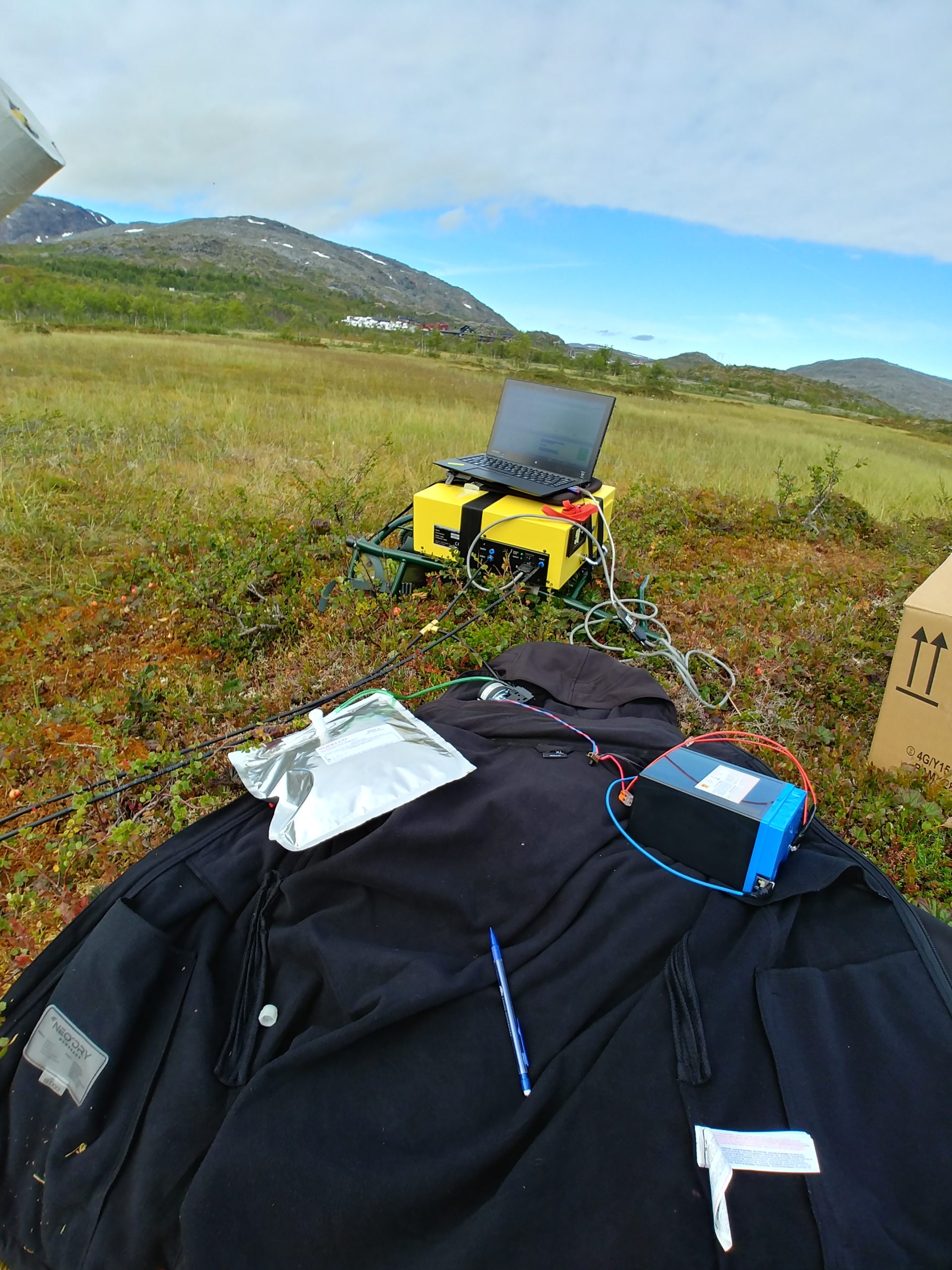Blogs
Patryk Lakomiec – PhD life in Sweden
I’m Patryk and I’m doing my PhD studies in Sweden. My ESR project is a little bit different from the other ESR projects within MEMO2. The first main difference is the source type. I measure over wetlands, which is a natural source of methane. Additionally, this is not a point source, it’s a spread source. This kind of source needs other measurement methods. The well-known method from previous blogs, the Gaussian plum models, do not work in that case. One of the method commonly used for methane flux estimation is the chamber method. Rising concentration of methane is measured in a transparent box in this method. Based on the information how fast concentration is rising, the flux is calculated. Additional advantage of this method is a possibility to take a sample of air. Sampled air can be analyzed on isotopic composition.
This kind of measurement was done in the Abisko area. Abisko is a village in the northern part of Sweden, approx. 200 km north of the arctic circle. It was the first time that I was so high north. It was an amazing trip. How to get there? I traveled there by train and it was a long trip. I had the train from Lund to Gothenburg. In this city I had to change the train to the night train to Boden and then 5 hours in replacement bus to Kiruna. From Kiruna I had a ride by bus to Abisko. Whole trip took around 24h. I was there to take air samples from three different wetlands with different permafrost status. It was one part of another project. Another part was taking samples from peat cores to obtain genome information. The main idea is to make a link between isotopic composition of methane and microbial community. It was a busy week when around 50 bags were collected and sent to Malika at Utrecht University. I had also a little bit of time for hiking. I’d like to share some beautiful landscape pictures. The trip back was connected with small complications with a train. Travel by train was possible for 2/3 of the trip – only from Kiruna to Stockholm. The rest of the trip, it means from capital city to Lund we finally decided to continue by car.
 |
 |
|
Set up for bag sampling |
Preparing bags for packing and sending |
 |
 |
 |
 |
Photos of landscape in the Abisko area
Another method which I use for the measurement in Sweden is the eddy covariance method. In this method, the flux is calculated as covariance between changes in vertical wind speed and gas concentration. I use this method on aircraft. During my PhD several flights have been conducted over different areas. It is a small research aircraft. So small that during research flight is a place only for a pilot and measurement equipment. Flights are also a little bit different than car transects. You can’t just stop whenever you want at a specific source. You have to carefully plan the flight scheme beforehand to catch any suspected sources. The data is first analysed after the flight. Working with the aircraft is a great experience even though the data analyses are a bit tricky.

Above: Aircraft with pilot. On the back seat, the equipment is installed instead of a passenger
Right: Wetland photo, from distance it doesn’t look homogeneous |
 |

